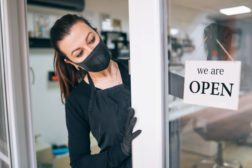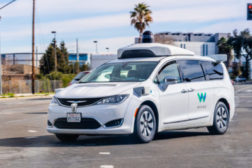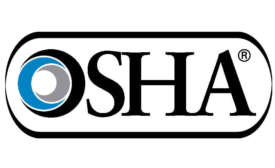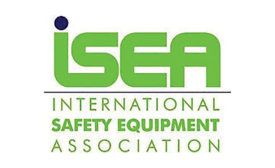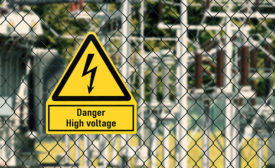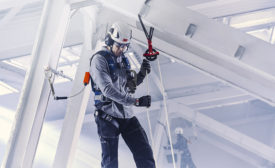Government Safety Regulations
National Safety Council, in coordination with the SAFER task force, releases comprehensive guidance and recommendations for employers to prioritize workplace safety post-quarantine
Read More
What is a Respiratory Protection Program and when do you need one?
Clean, comfortable, compliant
May 5, 2020
Are cleaners at risk during global pandemic?
Don't forget about health and safety for commercial cleaners
April 30, 2020
A FairWarning Story
Move to ease path for driverless vehicles draws fire from safety groups
April 16, 2020
Best Practices
The toughest job in safety? It could be cleaning up toxic messes
April 1, 2020
Training
IEEE 1584: What to know about your next arc flash analysis
Complex calculations
April 1, 2020
Stay proactive in your workplace with hazard signs, alarms, and signals
Alerts on display
April 1, 2020
Never miss the latest news and trends driving the safety industry
eNewsletter | Website | eMagazine
JOIN TODAYCopyright ©2024. All Rights Reserved BNP Media.
Design, CMS, Hosting & Web Development :: ePublishing
